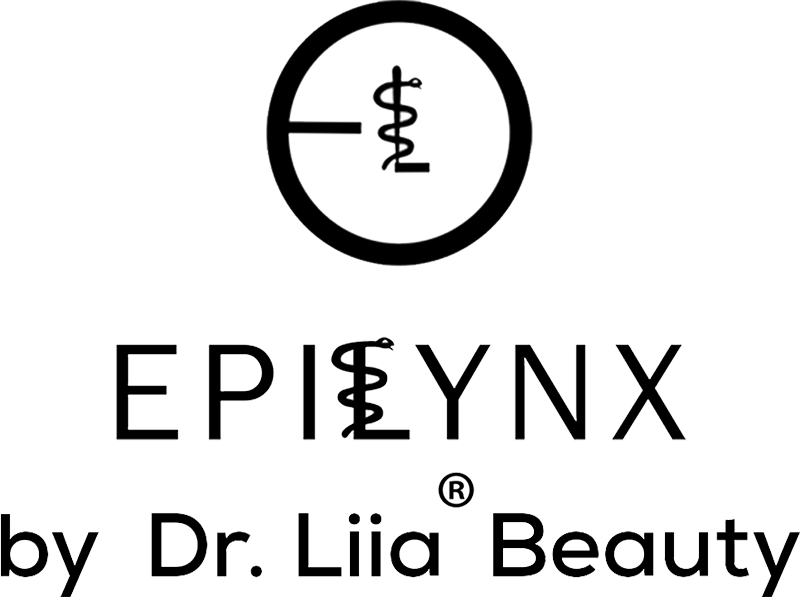
The Science of Beauty Rituals: What Really Happens to Your Skin When You Cleanse, Mask, and Moisturize
Your Skincare Routine Is Basically a Chemistry Experiment (and You’re the Scientist) 🧪💅
Let’s be honest — skincare feels magical.
You cleanse, mask, moisturize… and somehow your skin feels alive.
But beneath that glow, your skin is running millions of microscopic reactions.
Lipids melting. Proteins reshaping. Nerves firing.
Your moisturizer isn’t “soothing your soul” (though maybe it is). It’s literally rewiring your barrier chemistry in real time.
So today, let’s zoom in—way in—and decode what your skincare routine actually does on a cellular level.
Because once you understand the biology, you’ll never underestimate your bathroom mirror again.
1. Cleansing – The Great Unclogging 🫧
Every day, your face collects an unholy mix of:
-
Dead skin cells
-
Pollution particles
-
Sebum (natural oil)
-
Sunscreen residue
-
Bacteria (the not-so-cute kind)
When you cleanse, surfactants (mild detergents) grab onto oil and dirt molecules. One end of the surfactant molecule loves water, the other loves oil—like a tiny molecular lasso.
They form “micelles,” trap the grime, and rinse it away.
📌 Science check: A single gentle cleanse removes 80% of surface debris and balances your skin’s pH back to ~5.5 — its natural sweet spot.
🚫 The problem: many cleansers use SLS (sodium lauryl sulfate) or alcohol, which strip lipids and damage your barrier.
✅ EpiLynx truth: Our allergen-safe cleansers use mild surfactants and humectants that clean without chaos. Think science, not sandpaper.
2. Exfoliating – The Cellular Housekeeping 🧹
Your skin renews itself every 27 days — but sometimes the old cells overstay their welcome.
Exfoliation helps remove that dead cell layer, revealing the fresh, hydrated ones underneath.
There are two main kinds:
-
Physical exfoliants: Scrubs or brushes. Effective, but risky for sensitive skin.
-
Chemical exfoliants: AHAs (like lactic acid) and BHAs (like salicylic acid) dissolve the “glue” holding dead cells together.
📌 Hard fact: Proper exfoliation increases collagen production by up to 15% and enhances ingredient absorption 3-fold.
✅ EpiLynx truth: Our philosophy = exfoliate gently, intelligently, and allergen-free. More glow, less trauma.
3. Masking – The Mini Spa With Microbiology 🎭
Masks aren’t just indulgence—they’re controlled chemical environments.
When you apply a mask, it temporarily increases skin temperature and microcirculation, helping ingredients penetrate deeper.
Different masks = different actions:
-
Clay masks: Adsorb oil via negatively charged minerals (like kaolin and bentonite).
-
Hydrating masks: Saturate the stratum corneum with humectants.
-
Enzyme masks: Use fruit enzymes (like papain or bromelain) to break down keratin proteins.
📌 Fun fact: In just 10 minutes, a well-formulated mask can increase your skin’s hydration by up to 200%.
🚫 The catch: many masks use allergens—fragrance, soy proteins, or essential oils—that cause micro-inflammation.
✅ EpiLynx truth: True spa energy comes from safety. We create masks that nourish your microbiome, not nuke it.
4. Toner – The Forgotten Chemist 🧴
Ah, toner. The misunderstood middle child of skincare.
Originally, toners were harsh alcohol astringents meant to remove leftover soap scum (yes, really).
Now, they’re sophisticated hydrating preps.
Modern toners rebalance skin pH, add humectants, and prep your barrier for better absorption.
📌 Science check: Restoring pH to 5.5 reduces irritation and supports the skin’s acid mantle, your natural antibacterial layer.
✅ EpiLynx truth: Our toners use calming actives like niacinamide, zinc, and glycerin—zero alcohol, zero allergens, just science that says “shh.”
5. Serums – The Targeted Therapists 💉
Serums are like specialists—they’re concentrated, active-packed, and molecularly small enough to reach deeper layers of skin.
Their job: fix what your cleanser and moisturizer can’t.
Think: pigmentation, fine lines, dehydration, inflammation.
Key active types:
-
Antioxidants (vitamin C, E) → neutralize free radicals.
-
Niacinamide → strengthens barrier and evens tone.
-
Peptides → signal your skin to make collagen.
📌 Hard fact: Peptides literally “talk” to your fibroblasts, telling them to make new collagen and elastin.
✅ EpiLynx truth: Our serums combine these actives in allergen-safe bases—no gluten, no fragrance, no chaos. Just quiet, clinical power.
6. Moisturizing – The Great Barrier Revival 💧
Your moisturizer is your barrier’s best friend.
It doesn’t “add” moisture—it traps it, sealing hydration into your outer skin layer.
A good moisturizer has three key players:
-
Humectants: Attract water (like glycerin, hyaluronic acid).
-
Emollients: Smooth and soften (like squalane).
-
Occlusives: Lock it all in (like ceramides).
📌 Science check: After application, hydration levels increase by up to 250%, and transepidermal water loss (TEWL) decreases by 30–40%.
🚫 Moisturizers with allergens (nuts, soy, fragrance) cause barrier inflammation that cancels all benefits.
✅ EpiLynx truth: We moisturize like chemists and care like humans—clean, gluten-free hydration that rebuilds your skin’s “wall of calm.”
7. Sunscreen – The Ultimate Time Machine 🕶️
This is where science truly flexes.
Sunscreen molecules literally absorb or reflect UV photons before they can mutate your DNA.
There are two types:
-
Chemical filters (like oxybenzone) absorb UV light—effective, but allergenic.
-
Mineral filters (like zinc oxide) reflect it—safe, stable, and perfect for sensitive skin.
📌 Hard fact: 90% of visible aging is caused by UV damage. Sunscreen is not skincare—it’s time travel.
✅ EpiLynx truth: We use zinc-based mineral SPF, allergen-free and gentle, so you can protect your barrier without provoking it.
8. The Night Shift – Your Skin’s Biological Reset Button 🌙
While you sleep, your skin’s metabolic rate doubles.
Cells regenerate, microdamage repairs, and collagen synthesis peaks around 1 AM.
That’s why nighttime routines matter more than morning ones.
📌 Fun fact: Your skin’s permeability increases by 30% at night—so ingredients penetrate deeper.
📌 Another fact: Sleep deprivation raises cortisol, which breaks down collagen.
✅ EpiLynx truth: Nighttime skincare isn’t “extra.” It’s biology. Feed your barrier while it’s in repair mode—with calm, allergen-safe nutrients.
Hard Science Corner: Skin Chemistry by the Numbers 🔬
💡 Your skin renews itself every 27 days—that’s 13 full makeovers a year.
💡 Every square inch of skin hosts 1,000 nerve endings and 20 million micro-organisms.
💡 Lipids make up 50% of your skin barrier—and every cleanser, serum, and cream interacts with them.
💡 The skin produces 200 ml of water vapor per day (trans-epidermal water loss).
💡 Your skin microbiome contains 1,000+ species of bacteria, 90% of which are good.
📌 Translation: your skincare routine is microbiology in motion.
Because skincare isn’t about more—it’s about meaningful.
Final Thought: Your Skin Isn’t a Canvas. It’s a Laboratory. 🧬
Every time you touch your face, apply a serum, or breathe deeply in front of the mirror—you’re participating in biology’s quiet miracle.
Cleansing clears, masking feeds, moisturizing heals, sunscreen protects.
It’s not vanity. It’s science.
And when that science is safe, clean, and allergen-free, your skin doesn’t just look better—it functions better.
So next time you do your skincare routine, take a moment.
You’re not just pampering yourself.
You’re literally conducting chemistry.


